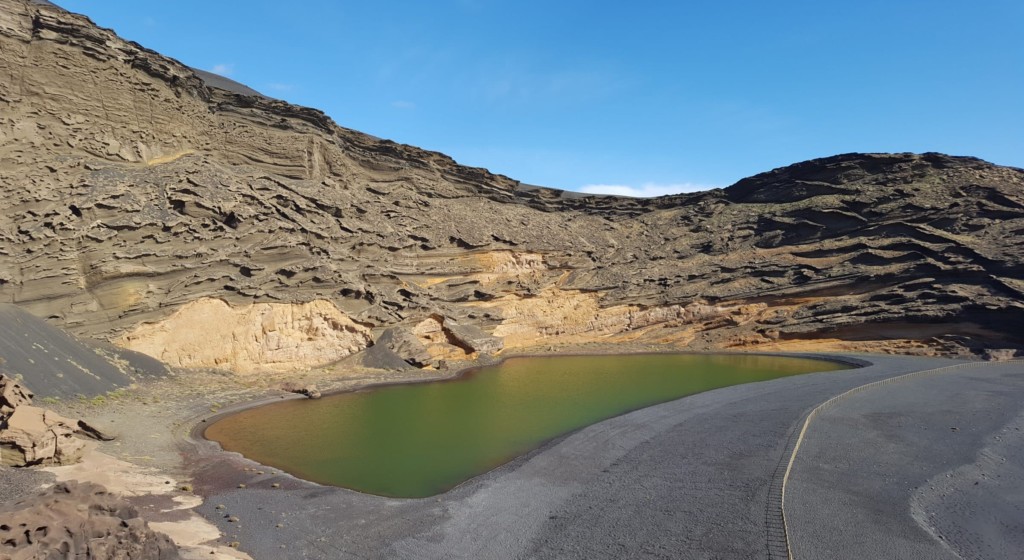Teguise, Lanzarote
Approaching from LZ 30, the former capital of the island, Teguise is easy to find. In 1852 Teguise had to give up its title with a heavy heart to Arrecife. However Teguise is a small town with a lot of charm and ambiance, winding streets and historic buildings. Parking is easy.
One should definitely visit Teguise twice: once during the week when Teguise shows it’s quiet and contemplative side, and on a Sunday when the town comes alive. Colouful and flamboyant weekend markets attract the crowds. Market sellers and artisans present their wares – haggling is the order of the day for kitsch, junk and hand-made crafts.
Throw yourself into the fray and be inspired by the vitality and the spirit of the town. The market closes at 2pm, but keep your eyes peeled when you stroll through the lanes of Teguise. In certain backyards there’s live music to be found.
Since the 90s, the church hall of the former monastery “Convento de Santo Domingo” is a venue for art exhibitions, entry is free. “Plaza de la Constitución” has several attractions. Built in the 15th century, the gothic style church “San Miguel” is eye catching and one of the oldest religious buildings on the Canary Islands. Unfortunately, the doors to the inner part of church, where the statue of the Virgin of Guadalupe are closed to most visitors.
Opposite the church is the 18th-century “Palacio Spínola” which now houses a spinola museum. Spinola is a guitar-like instrument played in the Canary Islands, having its origins in Teguise. Even if you’re not interested in the history or construction methods of the spinola, the Palacio is worth a visit. The beautiful courtyard and interiors are a prime example of 18th century Canarian architecture. To the left of the Palacio is “La Cilla”, a small house. In this former tithed building, farmers had to give a part of their grain harvest as taxes. How fitting that today a bank now occupies this historic building.
Wander through the winding alley ways and discover a myriad of surprises: workshops where ancient handy crafts are produced, galleries with interesting works of art and presentations, cozy cafes with small, beautiful courtyards and earthy pubs. Next to the ancient theater of Teguise is the restored “Palacio Marqués de Herrera y Rojas”, now home to the Restaurant “Palacio del Marqués”. Prices for tapas and wine are definitely on the heavy side. Ordering less than a whole bottle of wine, will more than likely incur a derogatory reaction.
Leaving the town towards Haría is “Castillo Santa Barbara.” Either follow the signposted footpath and walk up the hill, or drive in the comfort of your car. Views over Teguise are fantastic . In the past the Castillo served as an observation post for the Lanzaroteños. Oncoming attacks by pirates could easily be seen and population warned. Interestingly this historic building is now a pirate museum.
The Market in Teguise is every Sunday in the whole town. There are many stands for clothes, accessories and food.



 Already in 1986 he started to design and build this property.
Already in 1986 he started to design and build this property.



